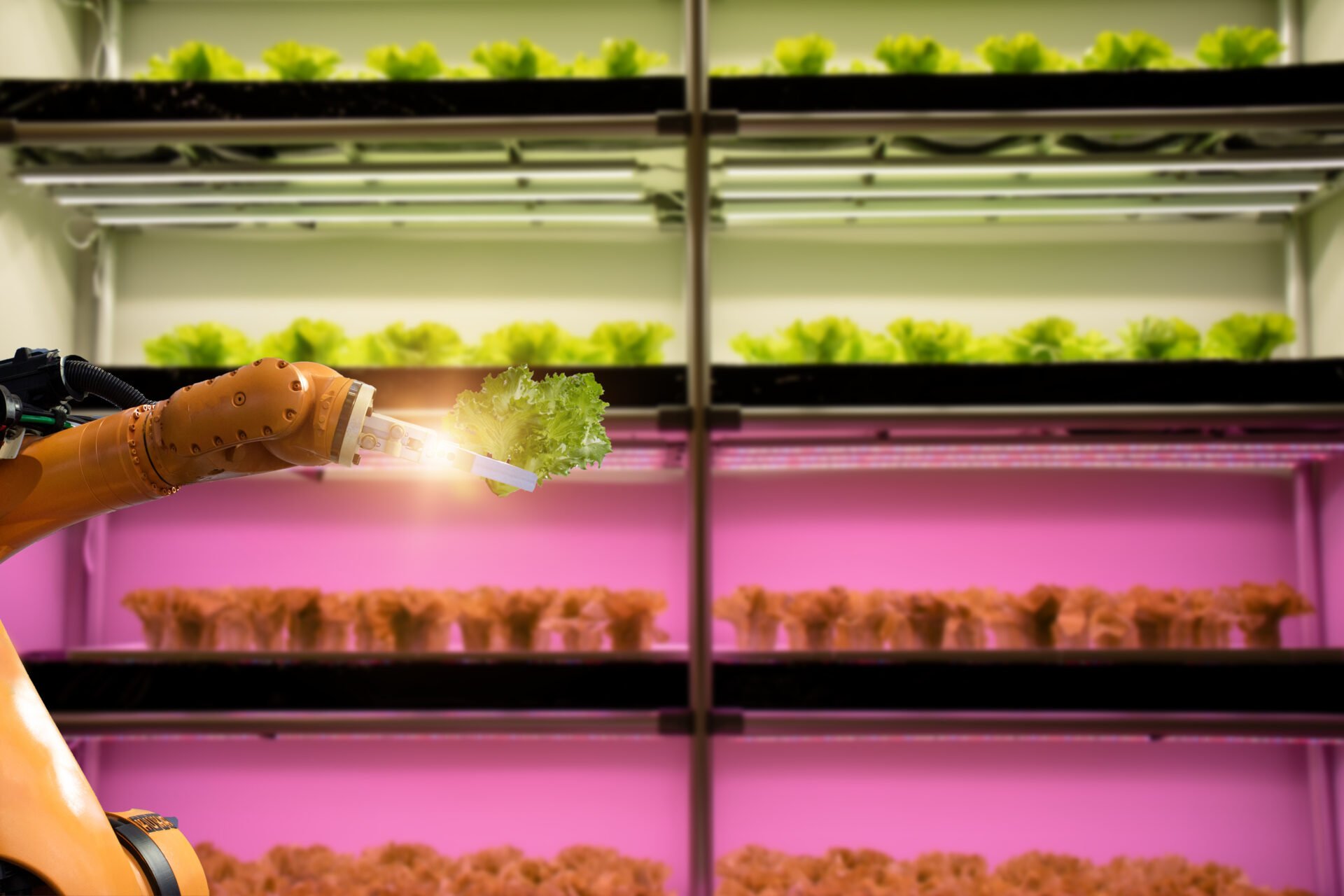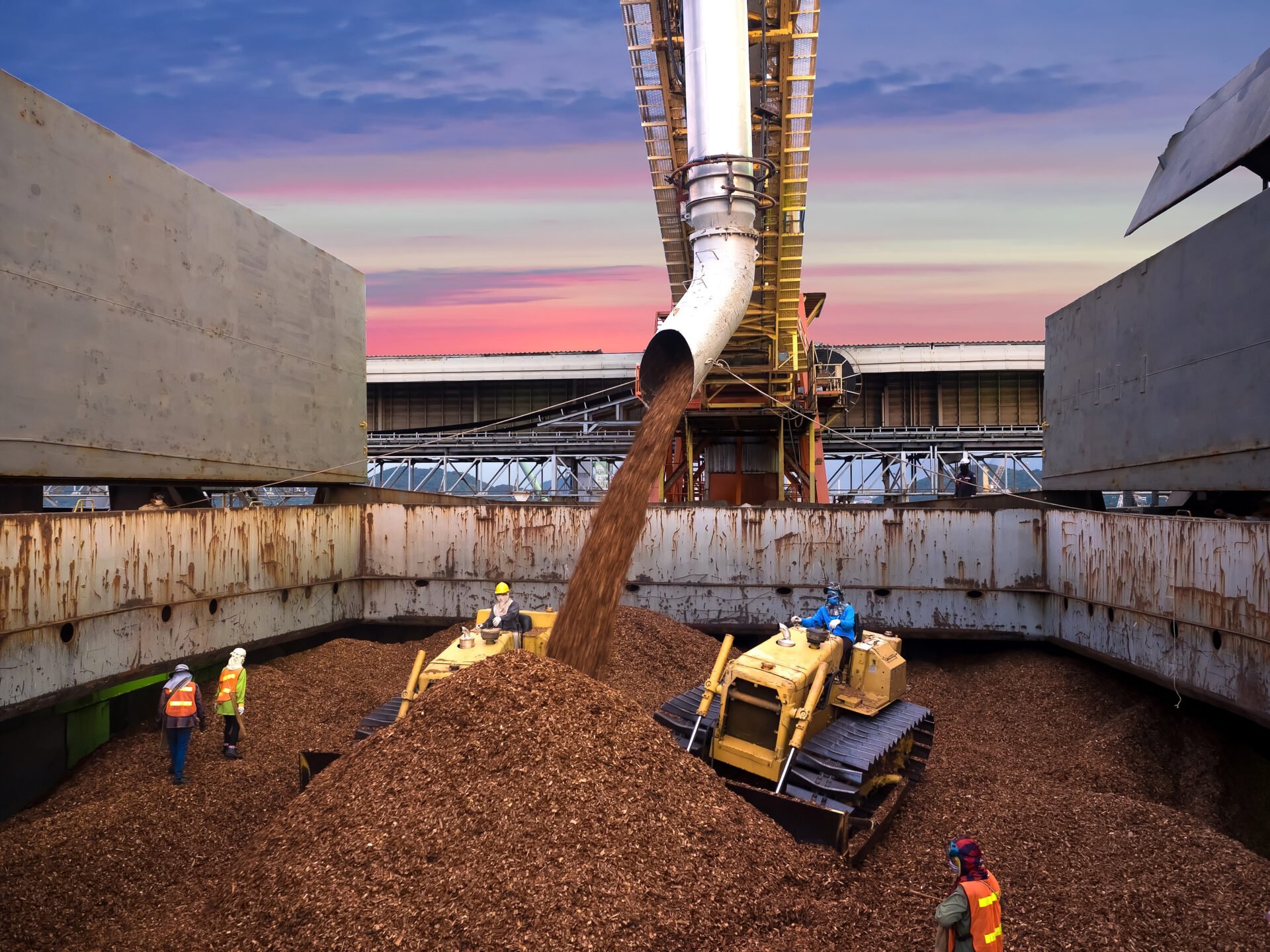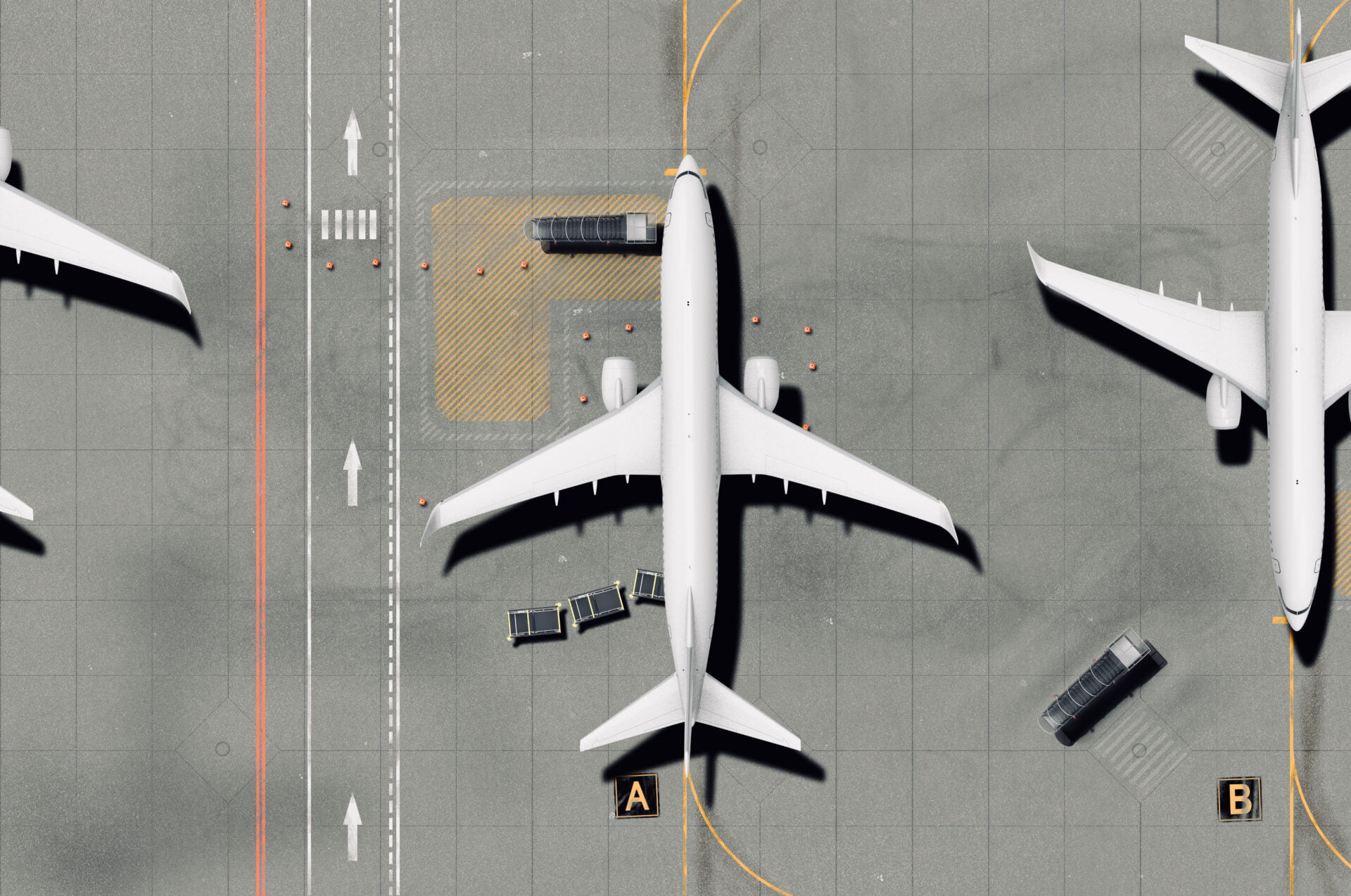AI and Vertical Farming: The Recipe for Sustainable Food Production?
Explore the benefits of Vertical Farming in sustainable food production....

Climate change is one of the most serious challenges threatening the farming industry. In the case of ‘climate change vs agriculture’, agriculture is both a victim and a perpetrator. Farmers worldwide are already adopting AI to tackle the effects of climate change and comply with the many legislations aimed at ensuring sustainable food production.
As the future of traditional agriculture is in danger, we need to find more sustainable ways of farming. An alternative solution comes from ancient Babylon to meet the most advanced technologies of the 21st century.
The combination of vertical farming and AI offers an effective path toward a more sustainable way to produce crops. Not only can AI and vertical farming mitigate the effects of climate change on agriculture, but they can also help eliminate some of the causes of climate change, such as deforestation, water waste and the use of pesticides.
What is vertical farming? A brief history
Unlike traditional outdoor farming, vertical farms are built indoors and develop in height. By farming crops in multiple overlapping layers, vertical farming overcomes the limits of borders and land availability and creates an indoor, controlled environment.
This farming technique allows farmers to simultaneously grow different varieties of crops all year round. As futuristic as it sounds, vertical farming is not a new idea. The famous Hanging Gardens of Babylon are the first known reference to vertical farming, but the first documented forms of raised farms date back to 1300.
These farming techniques were originally developed for aesthetic purposes or as a solution to farm particularly harsh lands. The term vertical farming was coined in 1915 by American geologist Gilbert Ellis Baile and the first attempt at bringing farms indoor was made in Denmark in the 1950s.
Vertical farming as we know it today was invented in 1999 by American Professor Dickson Despommier and his students who designed a 30-storey skyscraper which could farm enough food to feed 50,000 people. As the global population is increasing at an exponential rate and the quantity and quality of available farming land are decreasing, it is easy to understand why vertical farming is attracting so much attention.
The benefits of vertical farming for sustainable food production
Vertical farming brings numerous advantages. For example, by applying new farming technologies, vertical farms can grow crops without using any soil at all. These technologies are called hydroponics, aquaponics, and aeroponics and they use organic materials, water and air to grow plants without soil. Some of the most striking advantages of vertical farming are:
- The ability to produce more food while at the same time using less farming land
- Crops are not exposed to changeable weather conditions
- Farmers don’t need to use pesticides to protect their crops from parasites (which reflects positively on both the environment and the quality of the food)
- The possibility to build farms in urban settings and therefore reduce emissions deriving from food transportation
Bringing crops indoors though and stacking them vertically is not enough to maximise production and ensure controlled environmental conditions. That is why vertical farming relies heavily on technology. Some of these technologies include the use of sophisticated sensors and pumps.
Conditions of Vertical Farming
To create the conditions needed to grow different kinds of crops at the same time, farmers use a variety of lighting systems and sensors to control and regulate the level of light, temperature, oxygen, and water for each kind of crop. The ability to adapt “the weather” to the specific needs of each crop within their farm, allows farmers to grow their crops all year round.
By using a particular system of pumps, farmers are able to recycle the water used within their vertical farms, which translates into a reduction in water consumption. The technologies exploited in vertical farming are many and varied.
However, vertical farming wouldn’t be able to achieve its full potential without the use of one specific technology. We are talking about – you guessed it – AI. In fact, AI plays a major role in monitoring the crops’ health and environmental conditions.
How is AI used in agriculture?
AI finds multiple applications in agriculture. By collecting data about the conditions of the soil, the weather, the appearance of the crops, and much more, AI allows farmers to make quicker and more efficient decisions. This translates directly into cost reduction and maximisation of production and profits. Some of the most common applications of AI in agriculture are:
- Early detection of diseases in crops.
- Adoption of robots which spray chemicals only if and where needed.
- Adoption of robots for farm harvesting
- Adoption of predictive analytics tools to determine the best sowing date
- Price forecast
- Weather forecast
- Monitoring of environmental conditions
- Monitoring and leak detection of irrigation systems
- Monitoring of growth patterns
These are just some examples of how AI is used in agriculture. Not only can AI speed up production and reduce costs by performing tasks which are usually carried out by humans, it can also perform tasks which are impossible for humans to carry out.
The benefits of AI in farming
The benefits derived from the introduction of AI in the farming industry are many and varied. Just a sampling include:
- Reduced costs
- Minimise risk
- Maximise resources
- Optimise production
- Reduced water waste
- Minimise manual labour
- Price forecast
- Easier and improved decision making
AI offers help to farmers who are facing practical challenges like tracking environmental factors, tackling increased labour costs, and the lack of generational turnover.
The implementation of robots, forecasting, monitoring and detection systems can partly solve these problems. However, AI can do even more. It can help farms reduce their impact on climate change and contrast the effects that climate change has on the farming industry.
How does AI contribute to sustainable food production?
As mentioned before, farmers are already adopting AI to tackle the effects of climate change and help the fight against it. There are many ways in which AI can contribute to sustainable food production and it is widely applied in agriculture to reduce greenhouse gas emissions.
AI can, for example, help farmers reduce the emissions of nitrous oxide. The practice of growing the same kind of crop on the same land over and over again causes the soil to deteriorate and reduces its productivity.
To solve this problem, farmers use nitrogen fertilisers which release nitrogen oxide into the atmosphere. A good way to increase the fertility of the soil without using fertilisers would be to alternate different crops and to let overexploited areas of land rest when necessary.
This farming method is very hard to implement with traditional farming tools, but it can be easily implemented with AI tools. By mapping, monitoring and tracking environmental and soil conditions, AI tools enable farmers to know exactly what, where and when to sow.
This is just an example of how AI contributes to sustainable farming. In general, we can say that by using data, AI allows farmers to make environmentally sustainable decisions and implement sustainable farming methods.
Is the combination of AI and vertical farming the perfect recipe for sustainable food production?
We listed some of the ways in which both AI and vertical farming can help lead the way towards sustainable food production. The combination of the two is a big step forward in granting a brighter future for the farming industry and in the fight against climate change.
At the moment there are still a few obstacles to the adoption of vertical farming at scale. One of them is represented by the large amount of energy required for these types of farms. Most of the vertical farms operating at present are powered by non-renewable fuels. This translates into very high operational costs and a negative impact on the environment.
The situation can change dramatically with the adoption of renewable energy sources. Another factor which has a big impact on the high operational costs of a vertical farm is the large amount of labour required for it to function.
Final Thoughts on AI for sustainable food production
AI, together with developments in other technologies, could significantly reduce the amount of labour needed to run a vertical farm. Therefore, it can help decrease its operational costs.
We can safely conclude that vertical farming could, over time and with the aid of technological developments, become one of the best solutions for a sustainable food production system. While there are still issues preventing its adoption at scale, it is definitely worth it to keep following this path and see what impact it will have on the farming industry.



